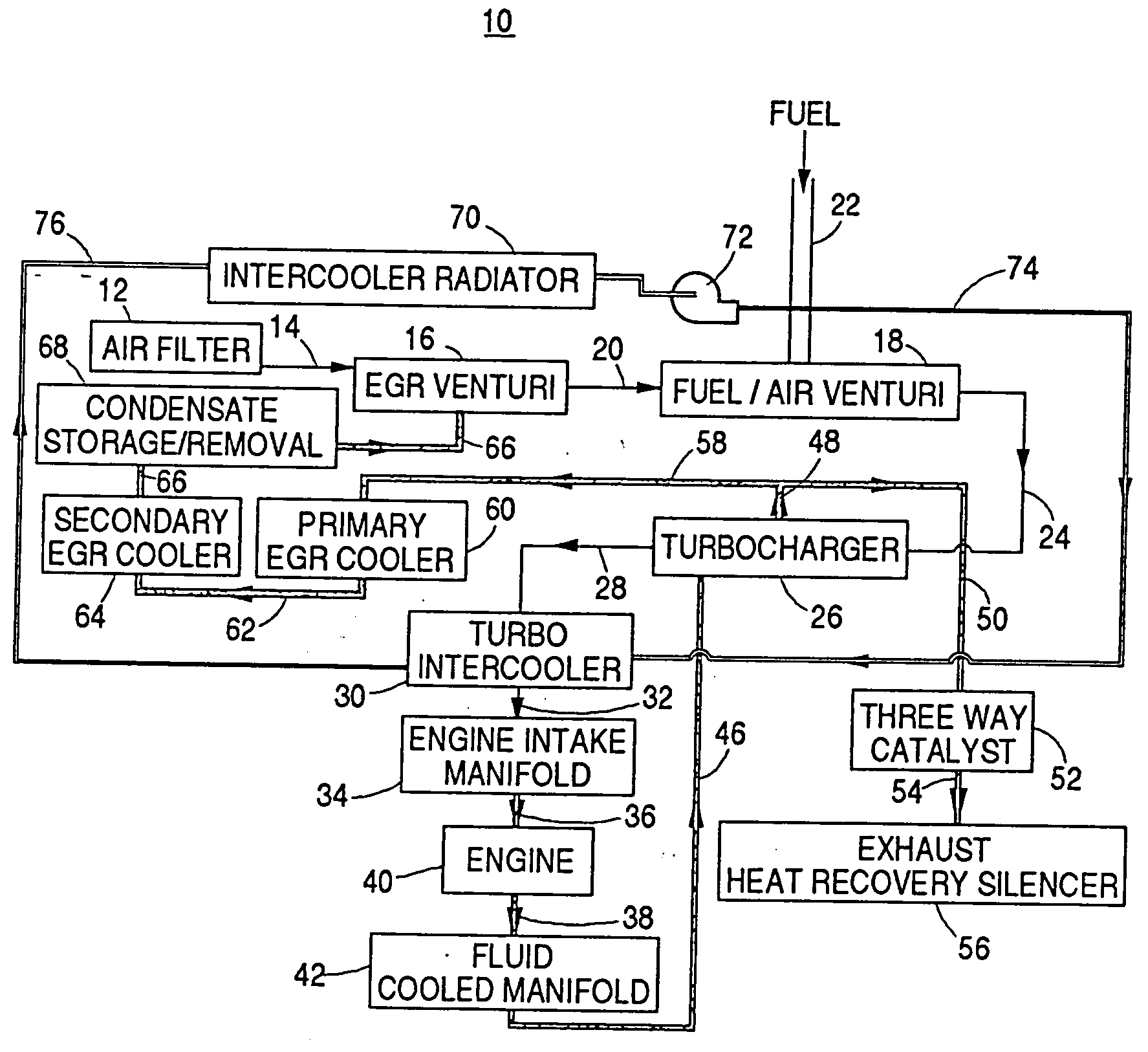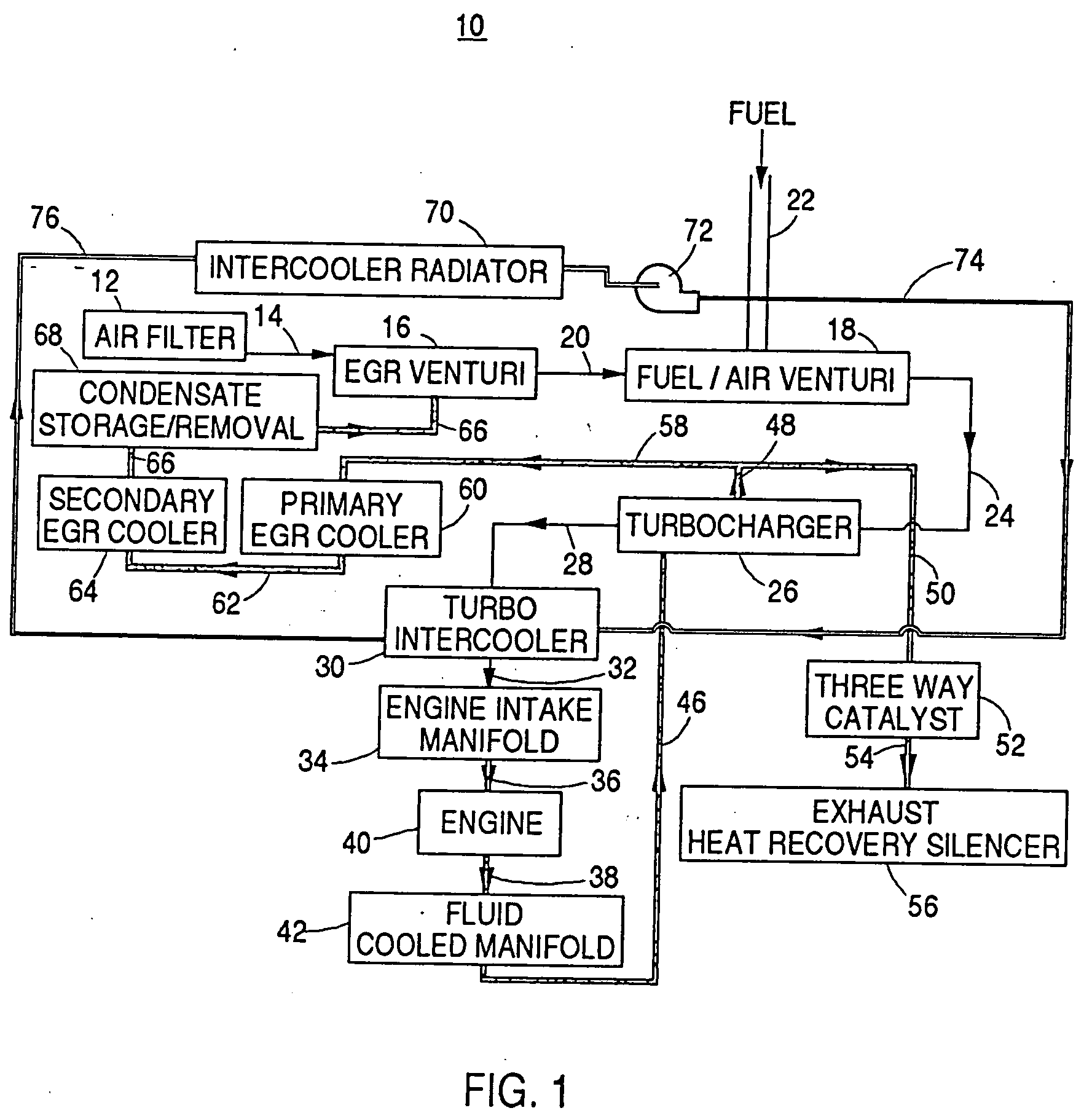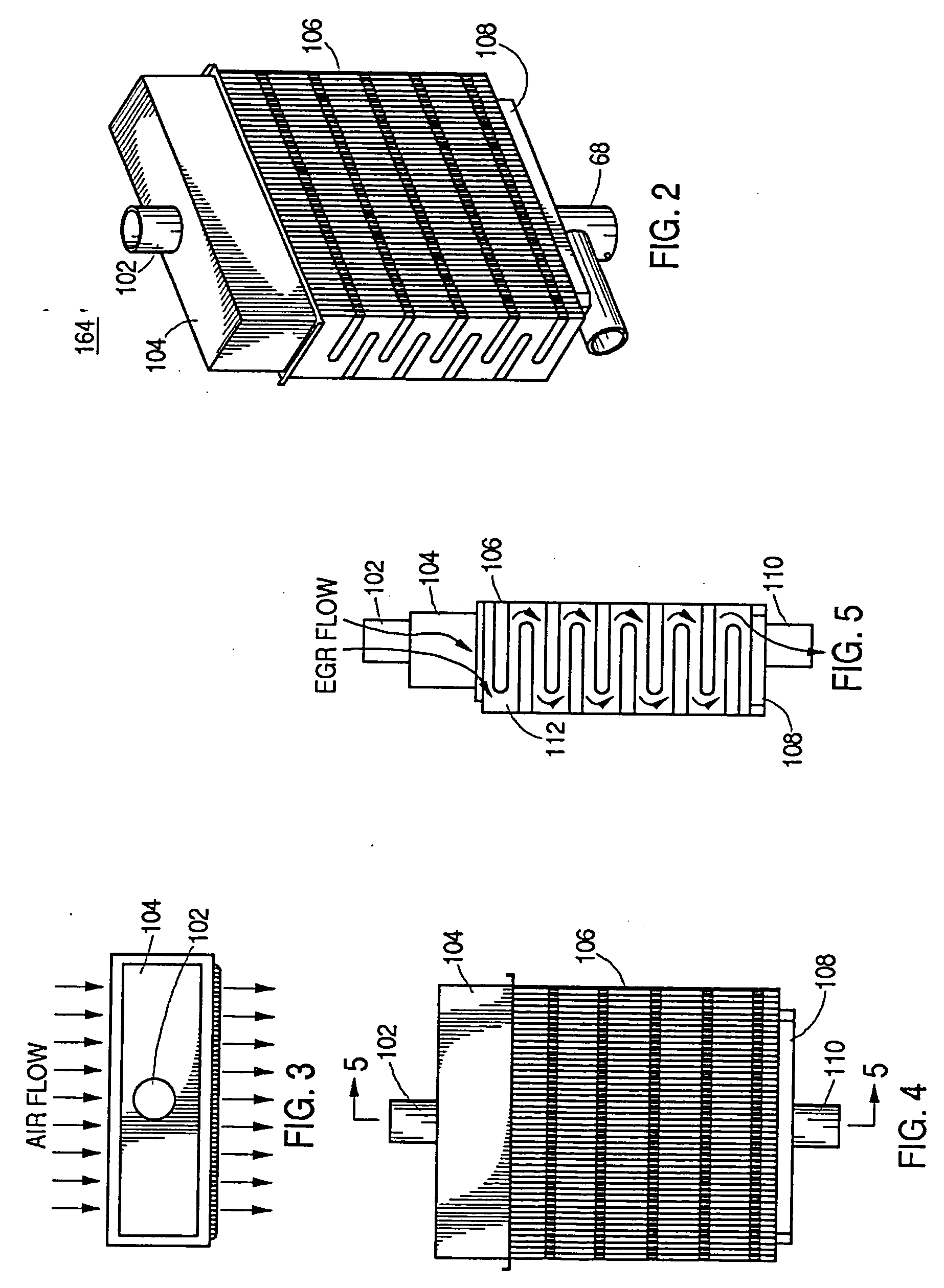There are a number of reasons for this, but chief among them is failure of traditional energy producers to replace spent units and capitalize new plants.
In addition, new challenges face electric generation-security.
These alternatives, however, have their own problems.
Unfortunately, the deregulation process has not provided adequate incentives for industry entities to construct generating facilities,
upgrade the transmission grid, or provide consumers with price signals to enable intelligent demand-side management of
energy consumption.
However, swings in supply and demand leave end users open to fluctuations in the cost of
electricity.
Despite California's highly publicized energy situation, a similar problem exists for other states as well; the New York Independent
System Operator recently stated that 8600 MW of additional
generating capacity (a 25 percent increase) must be added by 2005 to avoid widespread shortages that may lead to blackouts.
In addition to the mismatch between demand and
generating capacity, the physical transmission infrastructure necessary to deliver power from geographically remote generating facilities to the
consumer's location is unable to support the increased load.
Even under today's operating conditions, the transmission grid is subject to stress and occasional failure.
Again, inefficiency, reliability, and environmental concerns are major barriers.
In the case of power generation, the
waste heat is not used, and the economics are based largely on the cost of the
electricity produced (i.e. heat rate is paramount), with little consideration for improved reliability or independence from the electric grid.
The impediment to widespread use is reliability, convenience, and trouble-free operation.
Unfortunately, the emissions associated with burning
hydrocarbon fuels are generally considered damaging to the environment and the
Environmental Protection Agency has consistently tightened emissions standards for new power plants.
Green house gases, as well as entrained and other combustion product pollutants, are environmental challenges faced by
hydrocarbon-based units.
However, many of the markets that would be best served by the economics of engine-based co-generation have such poor air quality that strict
exhaust emission limits have been instituted by air quality regulating agencies.
The exhaust emissions limits on oxides of
nitrogen,
carbon monoxide, and non-
methane hydrocarbons are so restrictive that no technology exists to allow raw exhaust emissions from any engine operating on any hydrocarbon fuel to enter the
atmosphere without exhaust aftertreatment and a variety of other strategies. problem area is the emissions produced by these natural gas engines.
Each approach has undesirable consequences compared to the original excess-air, or lean-bum, operation.
Thus, applying SCR technology is expensive, complicated, and generally not considered an option for engines producing less than one megawatt of
electric power.
Prior art co-generation systems employing internal combustion engines, and specifically, natural gas fueled engines, have suffered from the myriad of problems including elevated head temperatures and inability to deliver large quantities of process and / or utility heat not true to the co-generation
client.
Excessive head temperatures lead to inefficient operation and unacceptable environmental conditions, which include excessive use of fuel as well as significant thermal
NOx production.
Although the prior art systems have had the desired effect of reducing
nitrogen oxides in the exhaust by reducing the maximum combustion temperature as a consequence of diluting the fuel-air mixture with recycled exhaust gases during certain operating conditions of the engine, these systems have not been experienced broad market application in the field of
cogeneration where continuously high engine output is the
normal mode of operation and the level technological implementation on engine controls often lacks the automotive market.
Any incremental increase in rate of cooled EGR applied during combustion at any load results in lower peak combustion temperatures and hence lower untreated NOx emissions.
While there are numerous products available commercially for the accurate control and metering of the amount of excess-air used in traditional lean-burn (
lambda>1) engines, the same is not true for recirculated exhaust gas metering and cooling in non-automotive applications.
The industrial nature of the
cogeneration market does not benefit from the research and development budgets of the
mass produced automotive products and thus the application of advanced emissions control techniques such as cooled EGR has thus far been limited.
One challenges for applying EGR highly loaded natural gas engines includes is to provide sufficient cooling of the recirculated exhaust gas such that impacts on
volumetric efficiency of air induction are minimized.
The higher the temperature of the recirculated exhaust gas as it enters the air / fuel
stream, the more difficult it becomes to induce adequate air flow to support full load combustion.
Specifically, the EGR
system did not recycle exhaust gas to the intake engine manifold at sufficiently low temperature to foster low
cylinder head temperatures.
This combination of disadvantages made natural gas fueled, internal combustion driven co-generation systems a marginal candidate for
client based
distributed generation complexes.
Thus, cooling of the gas in a non-regulated manner can present condensation problems in the intake venturi.
If the gas is cooled in the EGR cooler, so that the
vapor pressure in the exhaust gas approaches saturation, further cooling by introduction of air and fuel causes an immediate condensation within the intake manifold, which can lead to erratic engine performance,
corrosion, and the like.
In addition, the presence of large amounts of
water vapor in the recycled exhaust gas displaces other combustion gases in the intake manifold making the engine unstable.
Problematically, introducing the recycle gas at a temperature above the
dew point (to prevent induction condensation) leads to
detonation and NOx production causing the engine to
burn out of NOx emission ranges as well as shorting engine life.
However, in addition to being hard to “tune”, large primary coolers are expensive because they must
handle very high temperatures and corrosive media.
Because the volume of very hot gas varies as the engine accelerates or decelerates, the water vapor in the exhaust gas exiting such primary coolers, is difficult to regulate.
When the cooler is a single unit, it is difficult to incrementally vary the composition of the output gas.
This inherently limits the minimum EGR temperature that can be achieved to well over 200° F. even with the best of liquid-to-gas heat exchangers.
This design is very expensive, but necessary to
handle the exhaust gas heat.
In addition, certain spark ignited engines, such as
gasoline and natural gas fueled engines, have different EGR constraints than compression ignition engines, such as diesel.
 Login to View More
Login to View More  Login to View More
Login to View More 


